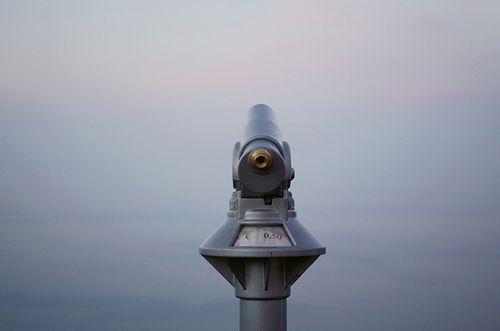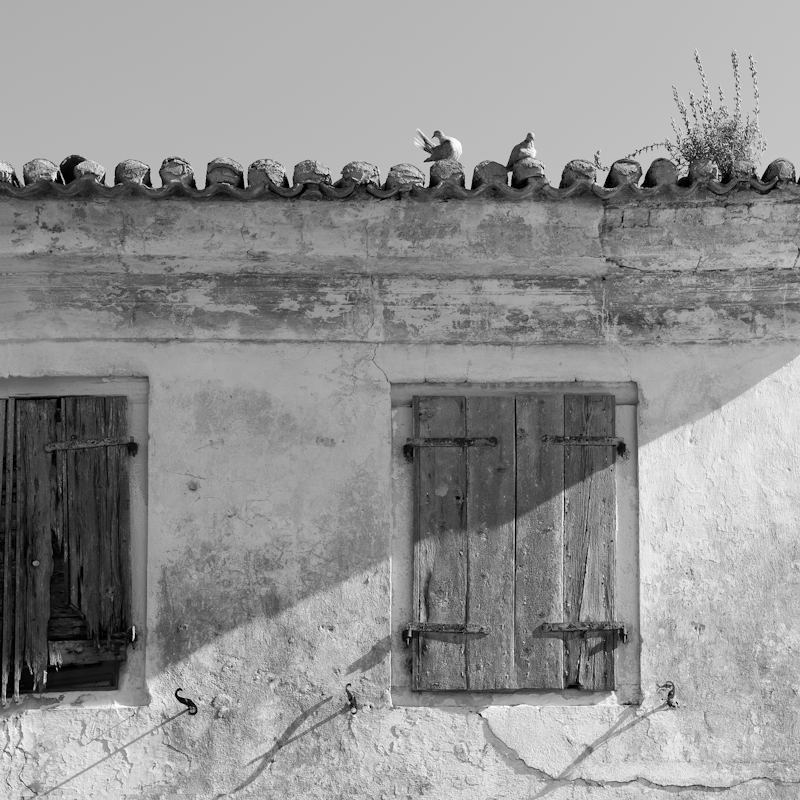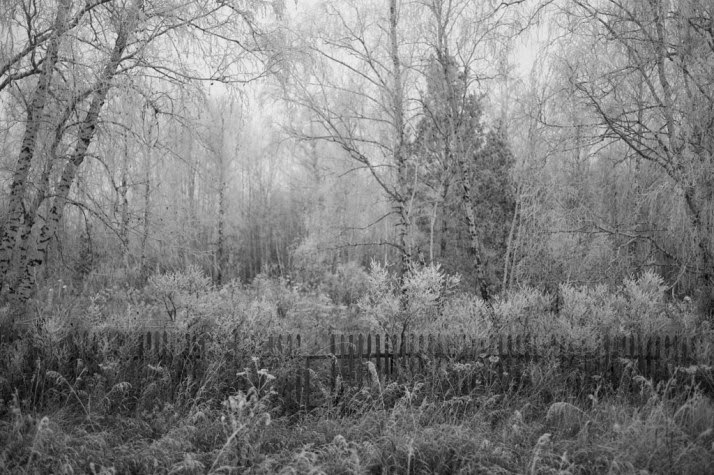In the first of a new series of interviews with members of the international photography community - writers, curators, collectors, gallerists, picture editors and so on - Federica Chiocchetti of the forthcoming
Photocaptionist speaks to
The Guardian’s photography critic of 10 years
Sean O’Hagan. They discuss conceptions of ‘good’ writing on photography, how he discovers new talent, and which British photographers he feels have been underemphasised by UK photographic institutions.
Federica Chiocchetti: Could you tell us a little bit about your background prior to your post as photography critic at The Guardian?
Sean O’Hagan: I studied English at university and worked as a music writer for several years. Then, I worked for
The Guardian as a freelance writer and as a features writer for
The Observer on art and culture. I still really love doing interviews. For me, it’s the best way to shed light on someone’s way of thinking creatively.
Photography was always there in the background as a fascination of mine and several interviews I did for The Observer Review section with the likes of Robert Frank, William Eggleston, Stephen Shore, and Anders Petersen prompted me to start writing about it more. That was about 10 years ago, when there seemed to be an absence of writing on photography in the ‘serious’ papers. It was usually left to the art critic or whoever else was available to review a big exhibition or book. It was not taken seriously as an art form – still isn’t, but to a lesser degree – compared to, say, theatre or film or dance. So, I was very much on a mission to help put that right. It just grew from there and I was offered a regular online forum by The Guardian a few years ago, which became On Photography.
FC: What is your conception of ‘good’ writing on photography? Is there anyone in particular that has inspired you? And what advice would you give to an emerging writer on photography?
SH: Writing that is clear and clear-headed even if it is tackling difficult or elusive or obtuse subject matter. I have a certain responsibility because I work for a newspaper with a huge readership. Many of my readers are regulars but many more may come to a column or a feature out of curiosity and with only a passing interest in the subject. I’d like them to come back. I’m not writing for an art magazine where one can assume that the reader has a certain familiarity with the subject or with the history of conceptualism or whatever. I can’t use dense, theoretical language to deconstruct works by Jeff Wall or Gursky, nor would I want to.
My formative inspirations were non-fiction writers like Joan Didion, in particular her first two collections of essays, The White Album and Slouching Towards Bethlehem. I like Truman Capote’s essays as well, much more than his fiction. And Gay Talese’s classic collection, Frank Sinatra Has A Cold, which has just been published as a Penguin Classics. On the more contemporary front, I’d recommend John Jeremiah Sullivan’s collection, Pulphead: Notes from the Other Side of America, which is a very personal take on music, politics and culture. As far as photography writing goes, it always amazes me how many great photographers are also great writers - Diane Arbus, Robert Adams, Danny Lyon. And Eggleston’s short illuminating afterword from The Democratic Forest still resounds. We ALL need to be more at war with the obvious right now!
FC: How do you discover new talent?
SH: Increasingly, it discovers me. Strange, but true. It’s the power of the internet again. People know where to find you!
I try to stay alert to what people I trust are enthusing about. I read photography mags, blogs, websites – at least the more interesting ones. There is an awful lot of new work out there and I have to be ultra-selective just because of space and the requirements of the job so I see all these other outlets as a kind of filter. And, of course, people send me stuff - books, pdfs, ongoing projects. It’s kind of relentless and so is the demand for an instant response. I worry about that a bit as I tend towards the reflective. I think we should all slow down... and breath. Let things settle. The quick response is journalistic, of course, but it is not necessarily critical. And opinions are not enough. That’s where we live right now, though. I wish there was a slow journalism movement. I really do.
FC: Do you read/appreciate photography theory?
SH: It depends. Good writing is good writing, whatever. But, when I read bad theoretical writing – dense theoretical jargonese – the old punk in me agrees with Nan Goldin, who said recently: “Fucking postmodern and gender theory. I mean, who gives a shit? People made all that crap up to get jobs in universities.” I think it kills the work for people who are not from that academic background. That kind of writing is exclusive by its nature. It often makes things less clear.
That said, I am familiar with theoretical writing. I did an English degree at a time when post-structuralism and semiotics were like time bombs exploding in the academy. I still return to Barthes and Foucault from time to time. I love Barthes when he is at his most personal and Camera Lucida is a very personal meditation on photography and memory and mourning.
I worry about the teaching of photography in colleges and the emphasis on theory. You see degree shows and MA shows where students present half-digested theory and really dull photographs. I think the ascendency of the curator is a cause for concern as well. They sometimes seem more important than the artists, which is something Brian Eno predicted when I saw him gave a lecture at the beginning of the nineties. I like this essay by Paul Graham, which touches on some concerns of mine. I don’t think it helps to exclude people – or images – from the ongoing debate about the meaning of photography. Theory can be a way of entering and decoding a work but, too often, it seems to me like an end in itself. It’s still valid to walk out into the world with a camera and simply take photographs, though there is, of course, nothing simple about doing that well. I often detect a kind of implicit disdain for that approach from curators and academics.
FC: What is the harshest criticism that you received in your career as a photography critic for The Guardian?
SH: Where to begin? You have to become thick-skinned pretty quickly if you venture online. There was a post recently suggesting that a ‘proper’ art critic should have reviewed Lorna Simpson’s show at BALTIC - “she deserves to be reviewed in a context and by a reviewer commensurate with her status!” - which I took personally for about five minutes until I realised the next post had demolished the inherent snobbery of that remark pretty succinctly. I received a fair amount of flak as well as support for my views on The Deutsche Börse Photography Prize a few years ago, when I suggested it was biased towards art photography at the expense of other genres, but that comes with the turf. I guess if you don’t annoy some of the people some of the time, you’re not doing your job properly.
FC: Which British photographers do you feel have been underemphasised by UK photographic institutions?
SH: Oh dear, where to begin? Chris Killip had a major retrospective in Essen, not that long ago, but has not had one here. That is mystifying to me. In fact that whole generation of great British documentarists get short shrift from British institutions. I can only put that down to curatorial bias. If not, what else explains it? I think people in the photography community were relieved when Tony Ray-Jones was finally given a show last year (at Media Space.) Likewise Tom Wood at The Photographers’ Gallery. I know Paul Graham had a big show at The Whitechapel a few years back, but why not at the Tate or the Hayward? It just seems odd at this stage of the game.
FC: What trends do you find interesting at present?
SH: Found photography continues to fascinate people in and out of the photography community – Thomas Sauvin’s Beijing Silvermine project looks like the last word but probably isn’t. I get sent a lot of diaristic work, which is probably the biggest trend. Says a lot about where we live. A lot of it seems solipsistic and has none of the heft of, say, Nan Goldin’s work.
I’ll be glad to see the back of (too) big prints, which everyone seemed to be doing for a moment there, whether the work required it or not. And, please, no more Google Street View projects! I think photographers do tend to get apocalyptic about the post-digital deluge – Instagram etc. – and the sheer numbers can be scary, but most people don’t even see that stuff. For me it’s just another moment in the continuum. I read somewhere that, in the sixties, over half of all households in America had a Polaroid or Instamatic camera, but I don’t think Robert Frank and Garry Winogrand were running around in a panic thinking, “It’s all over for us – everyone’s taking photographs!”
What it does to looking or processing images is another thing, though. We’re all living though a huge social experiment that it is hard to gauge the real meaning of. I’m a bit more concerned with what texting, tweeting and the rest is doing to literacy. Kids’ brains are definitely being rewired. Where will it lead? Who knows?
FC: Do you think that prizes and awards are a good thing?
SH: Yes and no. It’s good to be acknowledged, but there are too many prizes now. And they can tend to be a lottery of sorts. I looked at this year’s Deutsche Börse shortlist and thought, What?! Where’s Viviane Sassen, for example? But, that’s the nature of prizes: it’s four people’s opinions usually – and two of them are curators. I tend to take them with a pinch of salt - unless I’m up for one!
FC: Could you tell us a photobook and an exhibition from the past that blew your mind?
SH: The past is a big country. How about the very recent past? The Robert Adams retrospective at Jeu de Paume in Paris recently was just so impressive - a life in a body of work. I spent ages in there. He’s a living master. At the other extreme, someone who is relatively new. I walked into Tereza Zelenkova’s small show, The Absence of Myth, at Legion TV, a small gallery in Hackney last year and was blown away by the work and the way it was laid out - texts and multiple black and white prints in large frames. She’s a young photographer, but there is something very thoughtful as well as day dreamily melancholic about her approach to the gothic and uncanny. She’s fascinated by Georges Bataille and manages to get something of his aura into the words and pictures. She has her own way of seeing things. That’s what I’ m looking out for.

In terms of historical shows, Eggleston’s Ancient and Modern at The Barbican in 1992 was a game-changer for me. It presented a new way of seeing: the ordinary made luminous, the world as we know it, but slightly skewed.
And photo books...Off the top of my head: Love on the Left Bank by Ed van der Elsken was perhaps the first photobook that made me see the potential of photography to create a staged, semi-fictional, but somehow utterly real, visual narrative. It still amazes me that it was first published in 1957. So far ahead of the game. I also remember coming across Ray’s A Laugh by Richard Billingham in a bookshop in the mid-nineties and being really confused and excited by it. It had a similar impact on me as a great punk or hip-hop record would once have had – that feeling that you were encountering something new and so viscerally powerful that you were not quite sure what to do with it.
I had a similar reaction to Lieko Shiga’s Rasen Kaigan. What’s going on in these pages!? Still not sure, but it’s pretty powerful. And, recently, this photobook arrived though my letterbox and it’s pretty damn exciting, too: Shanxi by Zhang Xaio, published by Little Big Man.
SOURCE: 1000 Words Photography Magazine Blog - Read entire story here.
Read More


























